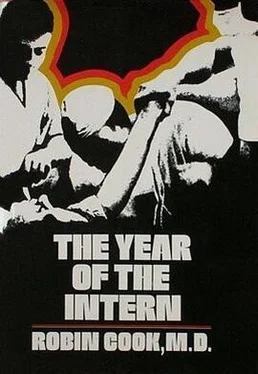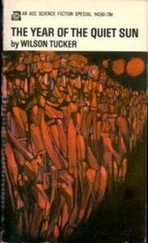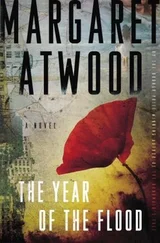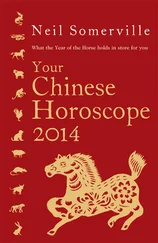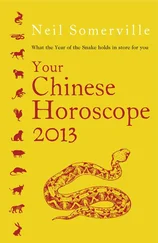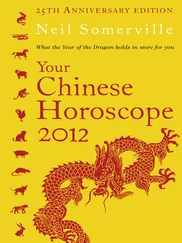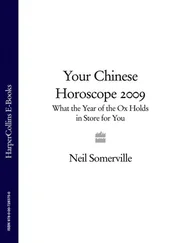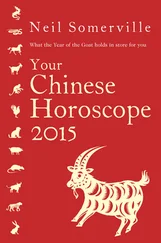“Goddamn hospital. I’m never coming here again. Next time I’ll go to St. Mary’s.” This was from the ubiquitous Morris, as he was rolled by on an examining table. Evidently he was to haunt me all day long, although I took some hope from the fact that now he appeared to be holding the X ray of his upper left arm. Perhaps I could get rid of him, after all.
“Doctor, a call for you on 84,” said one of the nurses.
I already had the receiver to my ear, listening to a busy signal from my third effort to reach a Dr. Wilson, one of whose patients had come in suffering from a urinary-tract infection. Feeling frustrated, I pushed the button for 84.
“Dr. Peters.”
“Doctor, my boy has a terrible headache, and I can’t find my doctor. I don’t know what to do.” Her story hung in my head, blending with the din of crying babies in the background. We didn’t need another aspirin case, but there was no way for me to tell her not to come. Reluctantly I answered, “If you are convinced that the boy is ill, then by all means bring him to the emergency room.”
“Doctor, a call on 83.” I told the nurse to put it on hold while I redialed Dr. Wilson, steeling myself for another busy signal. Instead, there was a ring and Dr. Wilson answered. “Dr. Wilson, I have a patient of yours here, a Mrs. Kimora.”
“Mrs. Kimora? I don’t think I know her. Are you sure she’s one of my patients?”
“Well, she says so, Dr. Wilson.” It frequently happened that doctors couldn’t remember their patients’ names. Perhaps a description of her problem would jog his memory, and it seemed to as I went on. “She has a urinary-tract infection, with heavy burning on urination, and her temperature—”
“Give her some gantrisin and send her to my office on Monday,” he said, interrupting me.
I paused, fighting an urge to hang up. Why didn’t he want to hear about the case — her temperature, urinalysis, blood count? “How about a culture?” I asked.
“Sure, get a culture.”
“Okay,” I pushed 83 to take the call on hold.
“Doctor,” a voice wailed on the other end, “I just had a bowel movement and there’s blood in it?”
“Was it bright red on the toilet paper?”
“Yes.” We established that her hemorrhoids were the probable cause of the bleeding and that she wouldn’t have to come in to the emergency room, just see her physician on Monday. With a sigh of relief and profuse thanks she hung up. The nurse was holding another call, on 84, but this sort of thing could go on indefinitely, and I ignored it. Instead, I went back to Mrs. Kimora and explained very carefully about the gantrisin, that she would have to take two of the pills four times a day. A nurse took the urine for culture.
Now for Morris. Immobile on the table and apparently somewhat less drunk than before, he greeted me with his usual cheer. “I wanna get outa here.” At least we agreed on that. Taking up the next X rays I held them against the light and saw immediately, with great disappointment, that he had a sharp fracture halfway between his elbow and his shoulder, as if he had taken a good karate chop. He would be with us a while longer.
“Mr. Morris, you have a broken arm.” I looked at him sternly.
“I do not,” he countered. “You don’t know what you’re doing.”
Wanting to avoid another yes-you-do-no-I-don’t series, I retreated and rapidly wrote an order commending Morris into the hands of the orthopedic resident. The nurse called the switchboard operator and put the resident on page.
By midafternoon I was barely keeping abreast of he crowds. About 4:00 P.M. we were briefly overwhelmed by a bunch of surfers with lacerated scalps, cut fingers, and deep coral cuts. The surf was up! The babies seemed unending, crying in every corner, with their temperatures, diarrhea, and vomiting. I was suturing madly, sending people to X-ray, and desperately trying to look into the ears of totally uncooperative children. One mother came in quite frantic, saying her baby had fallen down a third-floor rubbish chute with the garbage. I was tempted to inquire exactly how that had happened. But instead of asking any questions, I examined the child, and removed onion rings from his ear lobes and coffee grounds from his hair. Amazingly, he was quite intact. But I sent him to X-ray because his right arm appeared to be a little tender, and it did turn out that he had a greenstick fracture of the right humerus — about the least you could expect after falling three stories into a pile of garbage.
Meanwhile, the X rays were piling up, all different kinds, from skulls to feet. I was the first to admit I wasn’t much good at reading these things. But that was the system — the intern read the X rays at night and on weekends. It didn’t make any difference that we were badly trained for the job; we had to do it as best we could. Knowing my lack of qualifications, I was always fearful of missing something important — especially after the humbling experience with the toe. That incident had occurred one other Saturday night, when a girl came hobbling in on the arm of her boyfriend. She had stubbed her toe. When I sent her up for an X ray, her friend went along. About an hour later, in the middle of pandemonium, I looked at the X rays, mostly at the metatarsals, and told them that they were apparently negative and— The friend interrupted quietly to say that when he saw the film he thought there was a fracture. I paused and gulped. “You did?” Back at the X-ray view box, he pointed out a line in the middle phalanx of the third toe that was definitely suspicious and could have been — indeed, was — a fracture. So it goes in on-the-job training!
Morris was now conveniently stashed away in the orthopedic room, out of earshot. The orthopedic resident had responded to his page, examined Morris and his reams of X rays, and disappeared, after trying unsuccessfully to reach the on-call staff orthopedic attending. Morris would stay in the orthopedic room until the attending was contacted. So Morris was an albatross still to be carried, but he wasn’t around my neck any more. I forgot about him.
Around five-thirty the whiplash injuries started trickling in. That was standard whenever traffic got heavy and cars began piling into one another out on the freeways. Anyone claiming a whiplash injury needed a careful palpation of the neck, a thorough neurological exam, and a cervical spine X ray before his doctor could be called. All these X rays looked frightfully the same, and when I slipped one of them on the gigantic view box in the middle of the ER I felt as transparently vulnerable as the negative of itself. Moreover, the patients were always there, peering anxiously over my shoulder while I read their films. I only hoped they were impressed with my wizardry at making so much out of those smudgy black, white, and gray pictures of bones and tissue. It was mostly for their sake that I generally faked a thorough analysis, lingering a little longer than necessary over some part of the negative. Actually, anything I could diagnose had to be pretty far out of line or clearly broken in two, which took about ten seconds to determine. Anything else was a lucky hit. But you couldn’t let the home team down, so I would gaze knowingly at the negatives, mumbling to myself and making notes, while the patient fidgeted, expecting the worst.
As the clock slid around to six, our traffic unaccountably fell off, giving me a short respite. I even began to get a little ahead, and after I dug a large fishhook out of a middle-aged man, no one else was waiting. The ER was suddenly peaceful; outside, the golden afternoon sun cast a long shadow of violet across the parking lot. This was the calm before the storm, a temporary armistice between battles. Feeling tired and lonely — surprisingly lonely, with so many people around — I ambled over to dinner. On the way I passed a few people waiting for rides home. Those who had come from the ER nodded pleasantly and smiled; I smiled back, glad to have the unusual second contact and hoping I had done right by them. Interacting with the patients outside the hospital made all of us seem more real and took away some of the fear that dogged us as we came to expect disaster in every movement of the clock.
Читать дальше
